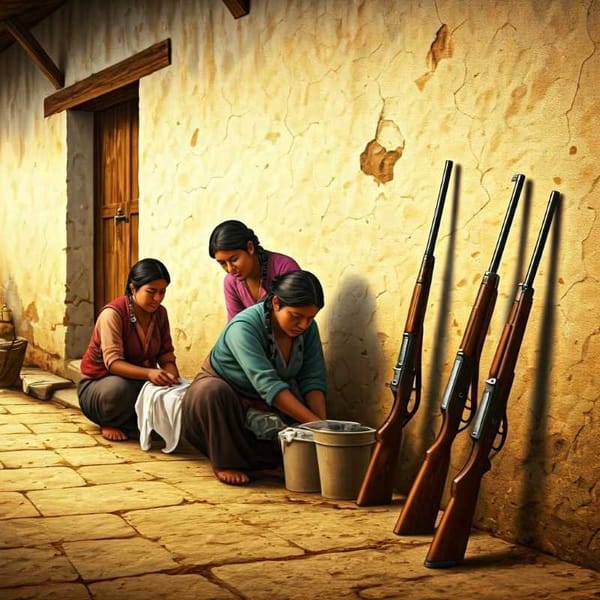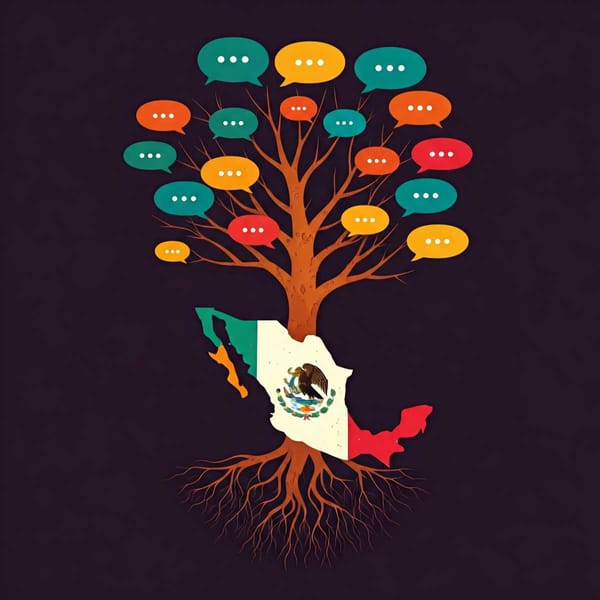The Spunky Survival of Mexico's Peasants
The narrative of Mexican peasants reveals fortitude amidst neoliberal economic pressures. Beginning in 1982, state support dwindled, pushing many towards financial instability. In response, peasants embraced self-consumption, labor migration, and organic farming.

The narrative of Mexican peasants, once supported by state-led initiatives, is one of fortitude and innovation in the face of increased marginalization brought about by neoliberal economic policies. Blanca Aurora Rubio Vega, an academic at the Institute of Social Research (IIS) of UNAM, sheds light on the challenges faced by these peasants and their endeavors to survive in a rapidly changing environment.
The Beginning of a Struggle
In 1982, the inception of neoliberalism marked the beginning of the exclusion of peasants from state-led support. The government's decision to reduce public spending resulted in the privatization of institutions such as the National Company of Popular Subsistence, the Mexican Coffee Institute, and the Banrural bank. These were pillars that had historically buoyed peasant enterprises. During this period, Mexico's market was insular; imports incurred high taxes, promoting domestic consumption of locally produced goods.
However, the landscape transformed dramatically with the signing of the North American Free Trade Agreement. This treaty permitted the influx of cheaper U.S. food products, especially staple grains like corn and wheat. Consequently, large corporations, including animal feed producers, started preferring these imports over local produce, leaving peasants without a market for their goods. The government's shift towards imports over domestic support jeopardized Mexico's food sovereignty.
Further, exacerbating the situation was the 2008 food crisis. Rising international prices coupled with escalating oil and fertilizer costs put peasants in a precarious financial position. Their production costs skyrocketed, pushing many towards financial instability.

Peasant Responses
In the face of adversity, Mexican peasants devised myriad strategies to stay afloat:
- Self-consumption: Growing their food became more cost-effective than purchasing it. This allowed them to circumvent the fluctuating market prices, especially when the high cost of fertilizers made farming untenable.
- Labor Migration: Unable to sustain their farms due to rising costs and lack of government credit (following Banrural's closure), many peasants opted to sell their labor elsewhere. This often meant moving to cities or even migrating to the United States, resulting in “ghost towns” in Mexico, populated mainly by women, children, and the elderly.
- Organic Farming and Fair Pricing: Embracing organic food production, particularly coffee, vanilla, and hibiscus, became a notable form of resistance. By partnering with non-governmental organizations advocating for “fair price” labels, peasants could secure better rates for their produce. However, this avenue wasn't devoid of challenges; organic farming prohibits the use of pesticides, and sometimes crops were lost due to pests. Furthermore, stringent certifications meant not every peasant could become an organic producer.
The Current Landscape and the Way Forward
While recent years have seen some shifts in public policies towards rural communities, Rubio Vega asserts that government investment remains insufficient. Thus, the plight of the peasants hasn't seen a significant positive change.
In sum, the story of Mexican peasants is emblematic of the larger global trend of small-scale farmers grappling with the pressures of neoliberal economic policies. Their resilience and ingenuity, as highlighted by Rubio Vega, underscore the importance of evolving public policies that recognize and support the vital role these communities play in our societies.




